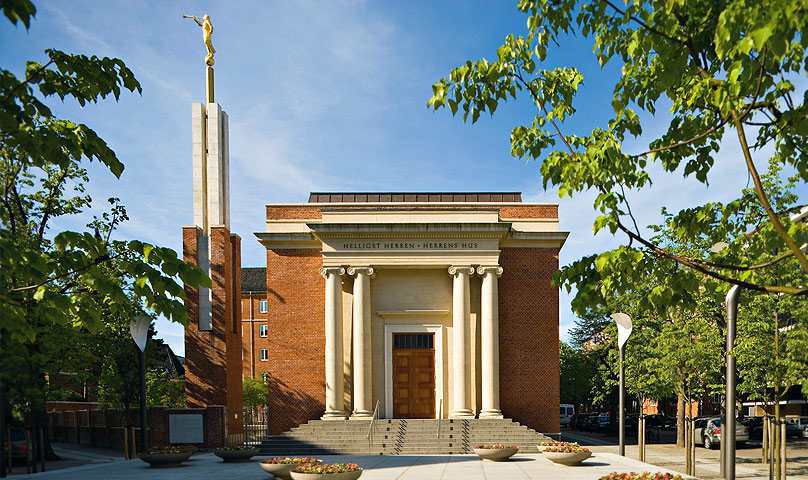Blogging is not my forte, but I enjoy reading blogs. I frequent blogs on topics like religion, books, history, film, etc. Blogs are a quick, easy way to disseminate information on the internet. Some are flashy and very professional while others are simple, largely text-based affairs. What matters more is the quality of the information than the presentation, I hope. My struggle with blogging is incorporating images, making the text the right font and size, embedding visual media, and using other bells and whistles to make my blog appealing. My work is always simple and homely, but this project gave me an opportunity to play around with the site Blogger. I worked on ways to plan on trip to Denmark. First, I thought about what I already knew. Next, I came up with questions and searched for resources. Then I planned my trip. Doing this on a blog helped me break the project into smaller parts, which made it more manageable. This was a positive experience. Maybe I will blog for personal use someday.
This
course is about instruction, so while I created my blog I considered ways blogs
could be used in a teaching or library setting. An educator, Mollie Crie, wrote
a piece about the benefits of blogs in schools. She argues that blogs are good
for students because they “can be worked on at virtually any time, in any place
with an Internet-enabled computer” (Crie). Students can read materials when
needed and response when convenient. The collaborative nature of blogs can help
students “benefit from peer review” and give ample room for discussions after a
classroom (Crie). This is true for library settings as well. Librarians cannot
answer all possible questions in a given day due to limited hours, but could
response to questions on a blog. Likewise, librarians could respond to
questions after a workshop if participants think of additional questions. Using
the I-SEARCH research process on a blog would be beneficial for most students.
It focuses on verbal knowledge (text, readings, etc.), but allows students to
also incorporate videos or audio. Since the project is all online, students are
given amble opportunity to research and evaluate how they thinking about their
thinking process (metacognition). The first-person narration inherent to the
process will also help support students learn about the best way they learn,
which will benefit them as life-long learners.
Reference
Crie, M. (October 2006). Using blogs to integrate technology in the classroom. Glencoe. Retrieved from http://www.glencoe.com/sec/teachingtoday/educationupclose.phtml/47



